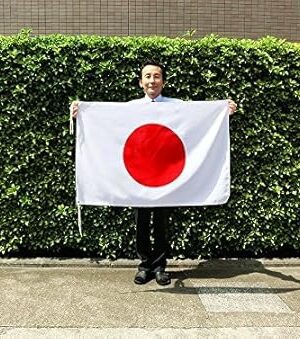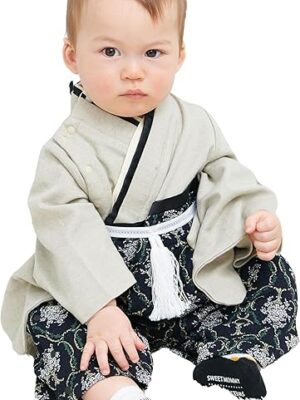#
Amazon Affiliate Linked Japanese Goods Shop
-
Sale!
Miccostumes Anime Corps Cosplay Costume Uniforms
Original price was: $50.$40Current price is: $40. Check it out on Amazon -
Sale!
Women’s Easy Yukata Robe Casual Cotton Kimono for Summer
Original price was: $97.$75Current price is: $75. Check it out on Amazon
The Tokyo Promenade of History and Culture
Tokyo Walking Courses such as the Tokyo Promenade of History and Culture (aka 東京歴史と文化の散歩道) unveil the layers of Tokyo, from ancient echoes to vibrant modernity!
9.5 km in Total Length
Ueno Mountain Walk
Yushima Tenjin – Nezu Shrine
From Yushima Shrine, go around Shinobazu Pond to Ueno Park. The entire area of Ueno Mountain was originally the precincts of Kan’eiji Temple, the family temple of the Tokugawa family. The mountain, which was devastated during the Ueno War at the end of the Edo period, was revived as Japan’s first park in 1873. The Tokyo National Museum opened in 1896. Since then, many cultural facilities have gathered in this area, and the mountain has become familiar to Tokyo residents as a cultural forest.Stroll Through the Village of Daily Living
Yanaka Cemetery to Nishi-Nippori Station
Yanaka is a temple town that retains traces of the Edo and Meiji eras. Tennoji is the setting for Koda Rohan’s “Five-storied Pagoda”. During the Edo period, there were many pilgrims, and Yanaka became a popular recreational area for the common people. Among them, the highlands of Mt. Dokan and Suwadai are famous as scenic spots, and it is said that the name Nippori was given to the area because the scenery is such that you forget when the sun sets.Walk around Komagome Teramachi
Nezu Shrine to Komagome Station
Nezu Shrine is the birthplace of the sixth Shogun Ienobu. Nezu was a thriving town as his temple town. Take Hongo Street to Komagome. This road was used by the Shogun on his way to Nikko Toshogu Shrine. There are many shrines and temples on both sides of the street. One of the most famous is Kichijoji, which is known for the story of “Oshichi, the greengrocer”. On the west side of the street leading to Komagome Station is Rikugien, a famous Edo garden.














